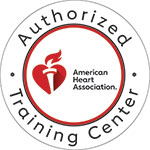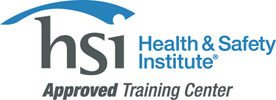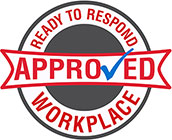Category: Uncategorized
Unmasking Heart Health: Why Women’s Heart Attack Symptoms are Overlooked

Heart health is a priority for everyone, yet women often face a unique challenge when it comes to recognizing the symptoms of a heart attack. Heightened awareness and proactive healthcare measures can make a difference. Here are a few things to keep in mind:
- Subtle and Atypical Symptoms:
- Women may experience heart attack symptoms that are less overt than the classic chest pain felt by men.
- Atypical symptoms, such as fatigue, nausea, and discomfort in the chest, jaw, or back, can be subtle and easily dismissed.
- Misinterpretation as Stress or Anxiety:
- Women, more than men, may attribute their symptoms to stress, anxiety, or other non-cardiac causes.
- This tendency to downplay symptoms can lead to delayed recognition and intervention.
- Hormonal Influences:
- Hormonal changes, especially during menopause, can affect the cardiovascular system.
- Women may experience symptoms that are mistakenly attributed to hormonal fluctuations rather than considering the possibility of a heart attack.
- Underestimation of Risk:
- There is a prevailing misconception that heart attacks primarily affect older men.
- Younger women or those with fewer traditional risk factors may not be as vigilant about heart health, leading to delayed medical attention.
- Cultural and Societal Factors:
- Societal expectations and cultural norms can influence how women perceive and express their symptoms.
- The pressure to fulfill multiple roles may lead women to prioritize others’ well-being over their own health concerns.
Conclusion: To address the issue of overlooked heart attack symptoms in women, it is imperative to challenge stereotypes, increase awareness, and foster open conversations about women’s heart health. At CPR Choice, we emphasize the importance of recognizing these subtle symptoms through education and training programs. You can learn about CPR training at cprchoice.com or contact us at 865-548-1500.




